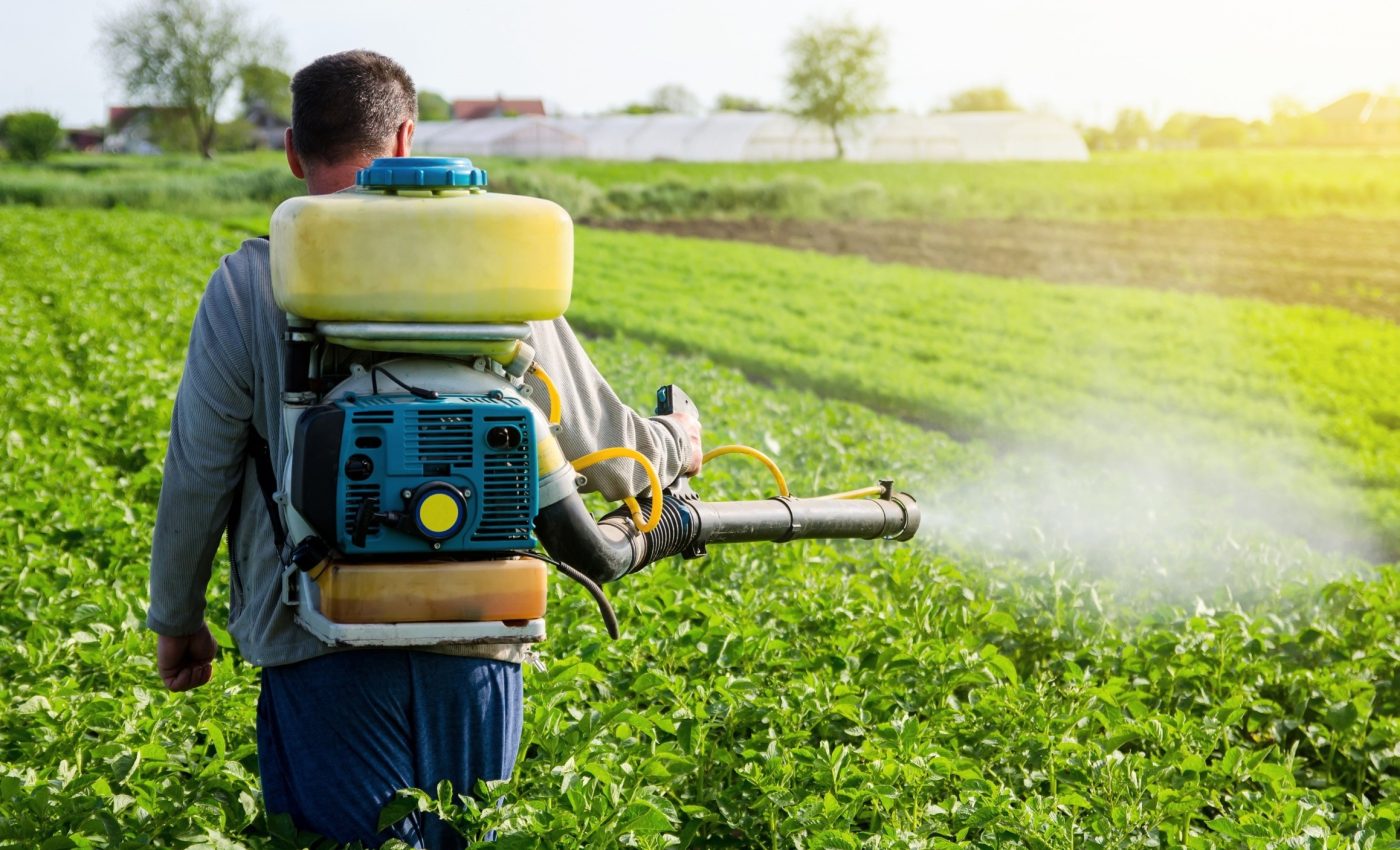
Male infertility mystery: Scientists identify a new suspect
A new review of 21 lab studies reports that a widely used class of pesticides consistently harms sperm quality in male rodents. The work centers on neonicotinoid pesticides, a staple in modern farming across the United States.
The team combed through experiments published from 2005 to 2025 and found a clear pattern. Across studies, exposed animals showed lower sperm counts, poorer movement, and changes in structure.
Chemical exposure and sperm quality
Neonicotinoids are neonicotinoids, a nicotine inspired class of insecticides used on many crops. In the studies, exposure was linked to reduced sperm motility, altered shape, and damage to testicular tissues.
The work was led by Sumaiya S. Irfan, MPH in epidemiology, at George Mason University (GMU). Her research focuses on environmental health questions in reproductive epidemiology.
“We concluded it is possible that exposure to these chemicals can lower sperm quality, disrupt hormones, and damage testicular tissue,” said Irfan. The findings were consistent across different compounds and lab models.
The researchers noted changes in hormones that guide the endocrine system, the glands that make and control hormones in the body. They also described tissue level changes in the testes that align with impaired sperm production.
Why rodent data matter
Mammals share core features of spermatogenesis, the process that creates new sperm cells. When basic machinery is disrupted in rats and mice, it raises reasonable concern for humans.
Human exposure is not abstract, as a national study of urine samples found recent neonicotinoid exposure in about half of the U.S. population three years and older. That work also pointed to higher exposures in young children.
Mechanisms described in lab work include oxidative injury and receptor binding effects in nerve related pathways. Scientists often observe a rise in oxidative stress, cell damage caused by reactive oxygen molecules that can injure sperm membranes and DNA.
Dose and timing matter, but the trend line in the animal data points in one direction. At higher or longer exposures, more damage tends to appear.
Pesticide exposure and infertility
These pesticides are typically used as systemic pesticide, a chemical absorbed by a plant and moving through its tissues. That means residues can occur inside leaves, nectar, pollen, and fruit.
Veronica G. Sanchez is a research assistant in the George Mason Center for Applied Proteomics and Molecular Medicine.
“Many individuals may not realize that insecticide residue found on food could be a contributing factor to infertility,” said Sanchez, highlighting the fact that residues can persist past harvest.
In U.S. field crops, seed treatment use expanded rapidly over the last decade, with many corn and soybean acres planted from coated seed. An analysis of national pesticide use data shows that this practice drove a sharp rise in neonicotinoid applications.
Exposure also shows up in the broader environment. A global survey of honey found neonicotinoids in three quarters of samples, confirming that these compounds often reach pollinators’ food.
Preventing pesticide exposure
For consumers, basic kitchen steps still matter for microbial safety. The U.S. Food and Drug Administration provides guidance to wash produce under running water and avoid soaps or commercial washes.
That guidance helps wash away dirt and some residues on the surface, but systemic pesticides pose a different challenge. Since they’re absorbed into the plant’s tissues, rinsing can’t completely eliminate them.
Researchers emphasize that better exposure tracking is needed in people. National biomonitoring, measurements of chemicals or their metabolites in human samples, can help link real world exposure to health outcomes.
“Neonicotinoid insecticide use in U.S. agriculture has grown significantly over the last decade, so we know that exposures happen routinely for a large number of people,” said Melissa J. Perry, dean of the GMU College of Public Health and contributing author.
What scientists need to learn next
Animal studies often use higher doses to map out hazards, which can limit direct comparisons to typical human exposure.
New work should focus on lower environmental exposures, levels people encounter through food, water, and dust, and on mixtures used together in fields.
Epidemiology can close critical gaps by tracking fertility endpoints alongside measured exposures. A recent World Health Organization report estimates that roughly one in six people experience infertility at some point in life.
Future studies should look at sensitive windows such as puberty and early adulthood. Researchers also need to test whether combined pesticide and fungicide exposures amplify reproductive effects.
Policymakers will be looking for clear evidence of how much exposure it takes to cause harm.
Clinicians may need to start asking more questions about pesticide use at home or on the job – especially when infertility enters the conversation.
The study is published in the journal Environmental Research.
—–
Like what you read? Subscribe to our newsletter for engaging articles, exclusive content, and the latest updates.
Check us out on EarthSnap, a free app brought to you by Eric Ralls and Earth.com.
—–













